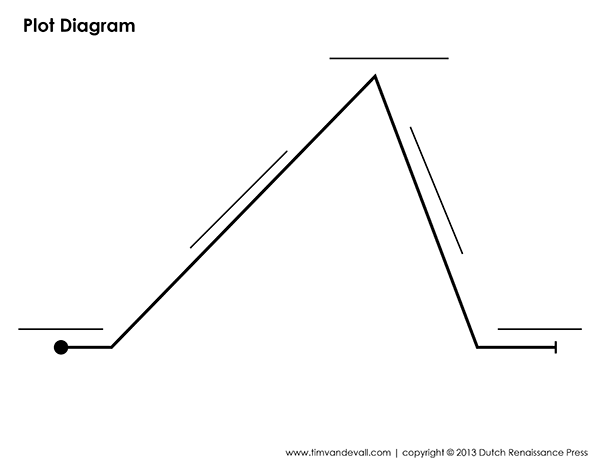what is a constructed response?
a written response to a question; relating to a story
the person telling a story
narrator
a written account of a person's life
biography
technique that uses negative labels to discredit an opponent
name calling
the use of language to create sensory impressions
imagery
words/phrases in a sentence/paragraph that help reason out the meaning of an unfamiliar word
context clues
why do we use evidence from the text?
to support the answer and make it more credible
a type of literature designed for the stage
drama/play
a piece of information that is explicitly true
fact
uses endorsements from famous or respected people
testimonial technique
an extreme exaggeration
hyperbole
fill in the blanks
exposition, rising action, climax, falling action, resolution
what is the importance of properly integrating quotes
to make it easier to read, and to support your response
a device in literature where an object represents an idea
symbolism
nonfiction written primarily to convey factual information
informational text
encourages you to do something because "everyone else is doing it"
bandwagon technique
a reference to a well-known person, place, or event
allusion
what is the difference between mood and tone
Mood: how the reader feels
Tone: feeling the author establishes
identifying parts of a whole and explaining their relationships with one another
analysis
what is the difference between third-person limited and third-person omniscient (POV)
limited: know thoughts and feelings of one character
omniscient: know thoughts and feelings of all characters
why are headings, charts, and graphics important
visual cues that give additional information to guide a reader's comprehension
distraction technique that introduces irrelevant information
red herring
a combination of contradictory words
oxymoron
what are the three types of irony
situational, dramatic, verbal
S: source
T: title
A: author
R: right verb
T: topic
a recuring subject, theme, or idea in a literary work
motif
text that includes literary elements and devices usually found in fiction, but reports on actual persons, places, or events
literary nonfiction
what are the three parts of the rhetorical triangle, and what do they mean
Ethos:appeal to credibility
Pathos: appeal to emotions
Logos: appeal to logic
phrase with a figurative meaning different from its literal meaning.
idiom
a literary approach that ridicules or pokes fun at something
satire